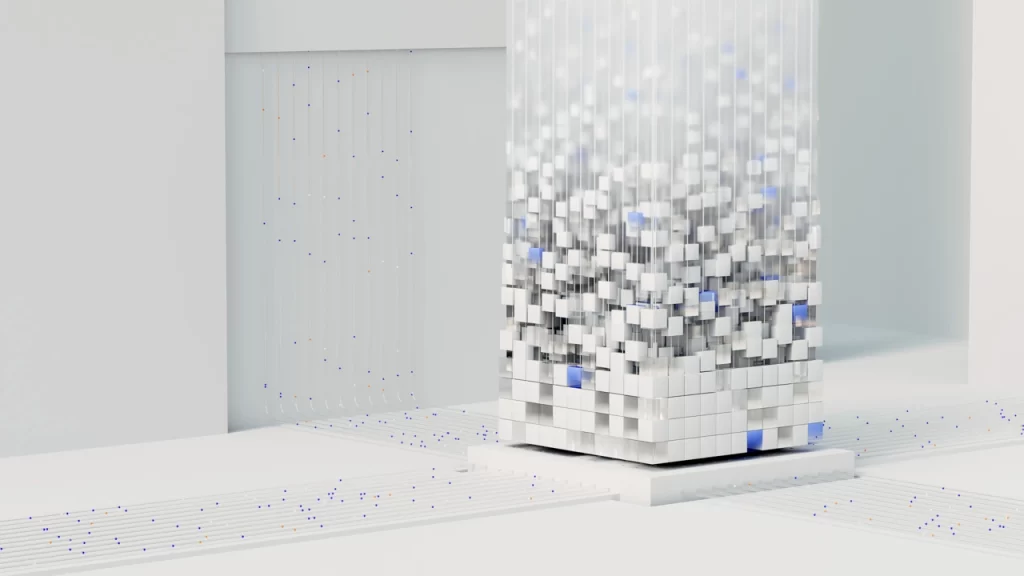
Revolutionising Facade Design with Wood Wool
Sustainability and Aesthetics
Wood wool panels offer a sustainable solution for facade cladding, combining environmental friendliness with aesthetic appeal. These panels are made from natural wood fibres mixed with cement, creating a material that is both durable and recyclable. Architects and builders are increasingly choosing wood wool for its natural texture and variety of finishes that enhance the visual appeal of buildings¹.
Thermal and Acoustic Insulation
In addition to their visual benefits, wood wool panels provide excellent thermal insulation. This property helps in reducing energy consumption by maintaining interior temperature stability². Furthermore, the fibrous structure of wood wool offers superior acoustic insulation, making it an ideal material for reducing noise pollution in urban settings³.

Advancing Facade Technology
Innovative Installation Techniques
Recent advancements in installation technology have simplified the process of applying wood wool panels in facade cladding. These innovations allow for quicker and more secure installations, which can significantly reduce construction times and costs⁴.
Integration with Smart Building Systems
Wood wool panels are increasingly being integrated with smart building systems. Sensors embedded within the panels can monitor environmental conditions and interact with building management systems to enhance energy efficiency and comfort⁵.

Environmental Impact and Certification
Reducing Carbon Footprint
The production of wood wool panels has a lower carbon footprint compared to traditional facade materials like aluminum or plastic composites. By using wood wool, buildings contribute less to greenhouse gas emissions, supporting global efforts towards sustainability⁶.
Achieving Green Building Certifications Wood wool panels can contribute significantly to achieving LEED, BREEAM, and other green building certifications. Their use in projects is often recognised for points in sustainable materials and resource categories⁷.
Challenges and Future Prospects
Weather Resistance and Durability
While wood wool panels are suitable for a wide range of climates, ongoing research aims to enhance their weather resistance and longevity through advanced chemical treatments and coatings⁸.
Expanding Applications and Market Growth
As the demand for sustainable building materials continues to rise, the market for wood wool panels is expected to see substantial growth. Innovations in panel composition and design are anticipated to open new applications in both residential and commercial construction⁹.

References
- Green Architecture Advances. (2021, June). The Aesthetic and Environmental Benefits of Wood Wool Panels. Green Architecture Advances.
- Energy Efficiency Materials. (2022, September). Thermal Properties of Wood Wool Cladding. Energy Efficiency Materials.
- Sustainable Acoustics. (2023, January). Acoustic Benefits of Wood Wool Panels in Urban Environments. Sustainable Acoustics.
- Building Installation Tech. (2022, May). Innovations in Facade Cladding Installation Techniques. Building Installation Tech.
- Smart Buildings Review. (2023, March). Integrating Smart Technology with Sustainable Building Materials. Smart Buildings Review.
- Carbon Footprint Analysis. (2021, December). Environmental Impact of Building Materials. Carbon Footprint Analysis.
- Green Building Council. (2022, April). How Sustainable Materials Influence Green Building Certifications. Green Building Council.
- Material Durability Labs. (2023, February). Enhancing the Durability of Sustainable Facade Materials. Material Durability Labs.
- Market Trends in Construction. (2022, July). Future Market Trends for Sustainable Facade Materials. Market Trends in Construction.
Share